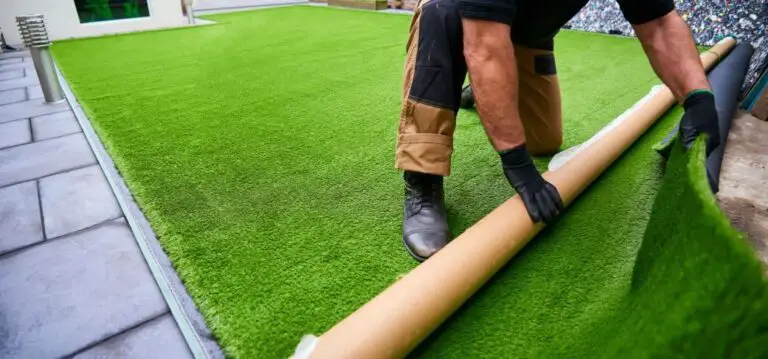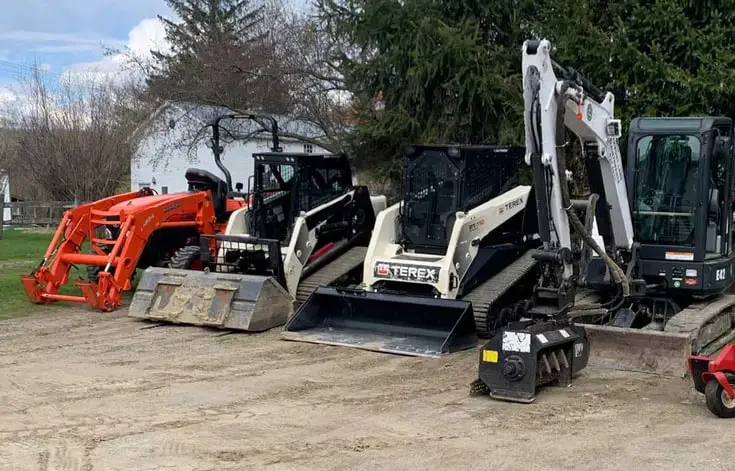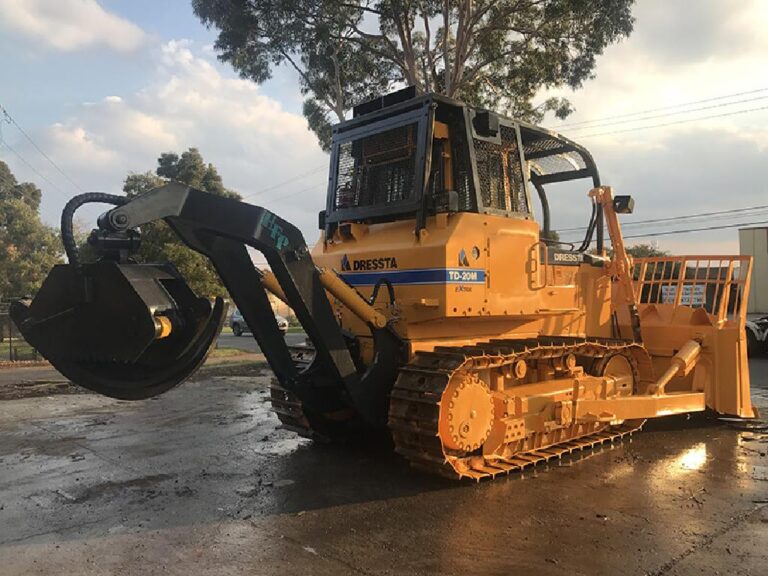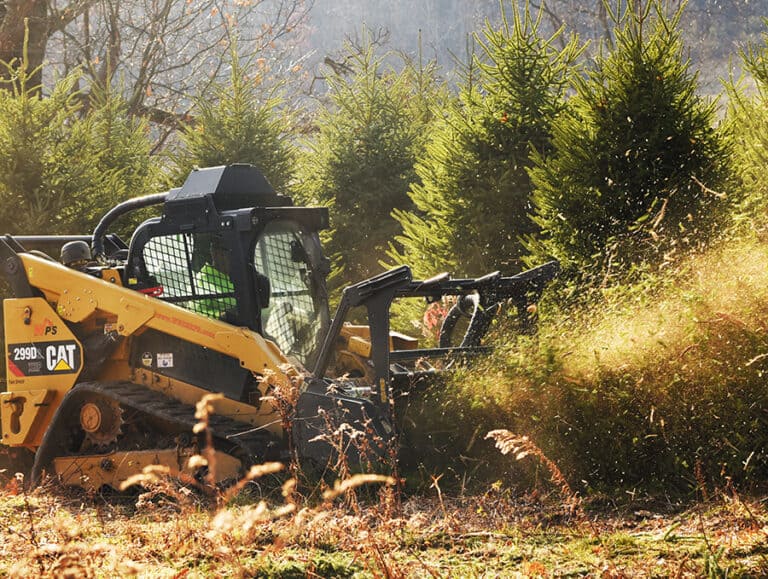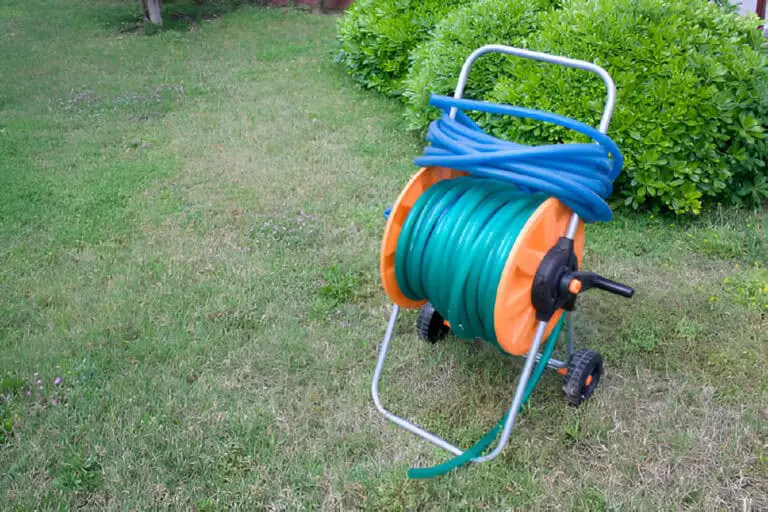4 Types Of Fertilizer Spreaders Explained By Real Users
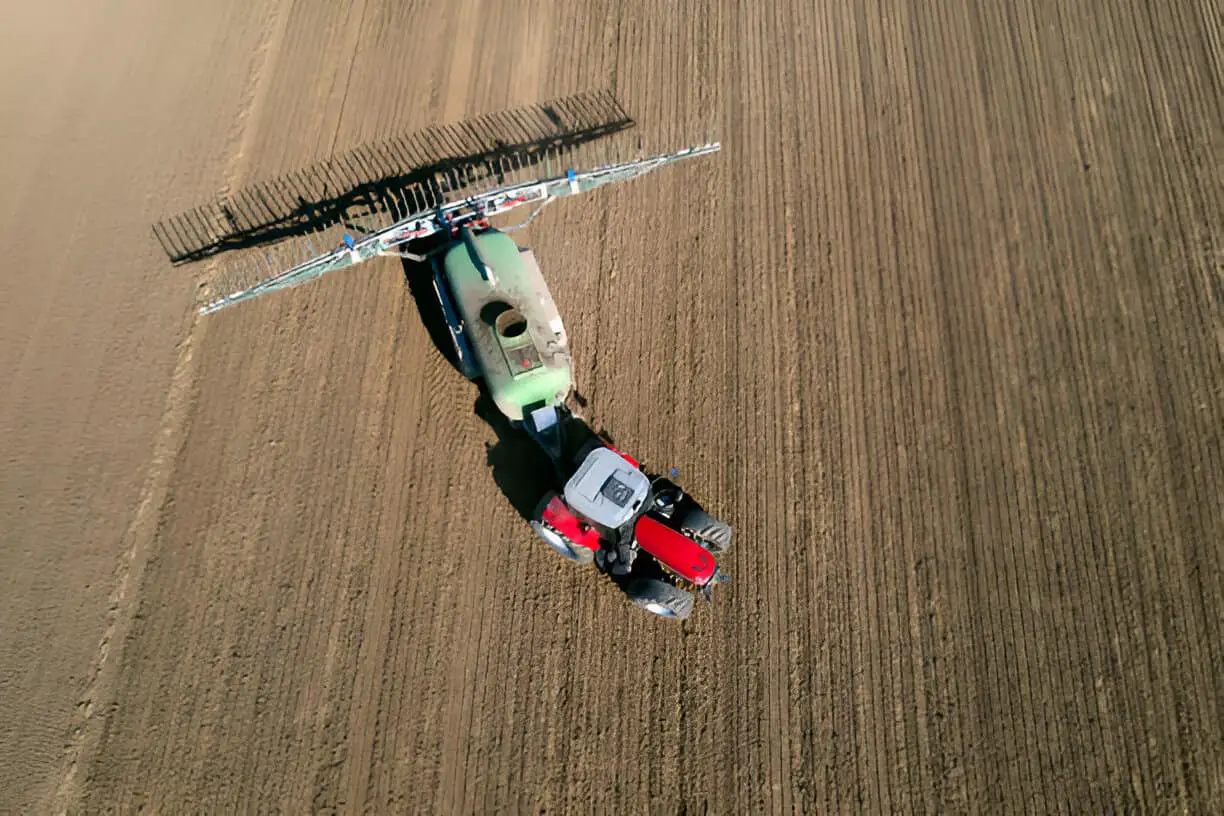
If you’re fortunate to have a large lawn or garden, you must need a fertilizer spreader. A fertilizer spreader can easily take your hard work off your shoulders and give you good support in gardening. After planting or spreading seeds, spreading fertilizer is the most important step toward a healthy lawn. There are different types of spreaders that you can get for different types of lawns and working methods.
Most of the fertilizer spreaders you can find on the market will do a great job and have great efficiency. Choosing the best spreader can become a daunting job unless you know what you need.
I’ll help you understand the applications of all the types of fertilizer spreaders and what to expect from them. Stick to the article if you need a fertilizer spreader to help your time and make a better, healthy lawn.
Do I Need A Spreader For Fertilizer?
It’s not true that you must have a fertilizer spreader to fertilize your lawn or yard. If you have a small land to cover, investing in a fertilizer spreader won’t be a good idea anyway.
However, if you have a big lawn or yard to take care of year-round, consider getting a fertilizer spreader. It will save your time and money in great measure because it can work way faster.
The fertilizer spreader has a multipurpose working capability of spreading both seeds and fertilizers. You can make an even spreading for the fertilizer if you use a fertilizer spreader. You cannot achieve a consistent and even application of fertilizer if you use your hands to spread it.
| Check out: How to Spread and Apply Compost on Your Lawn for A Lush Yard |
Types Of Fertilizer Spreaders
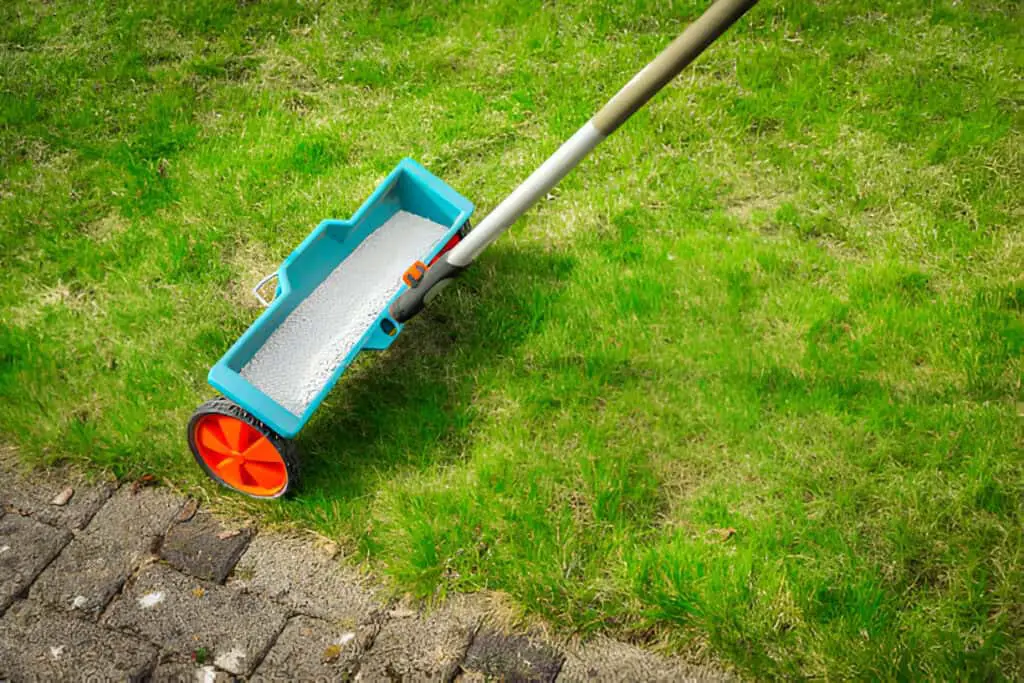
Depending on what type and size of lawn or yard you have, you have to choose the right type of spreader. Only the right spreader can save your time, money and ease the process. Here are the main fertilizer spreader types; be sure to review them to find the right one:
Broadcast spreaders
Broadcast spreaders, also known as rotary spreaders, are the most common type of spreaders to spread dry fertilizer. If you have an acre or more area, choosing a broadcast spreader will be a perfect choice. The spreader will have a hopper on top to contain the seeds or the fertilizer with a spinning disk underneath. The hopper will release the fertilizer on the disk with fins, and the disk will spread the fertilizer around.
Drop spreaders
Drop spreaders come with a hopper too, this time it will be bigger and longer than the one in a rotary spreader. The hopper will have multiple holes underneath instead of one big one. The holes can release fertilizer or seeds in a small amount directly onto the land. It doesn’t throw the seeds or the fertilizer around to waste on the sidewalks.
You can use a drop spreader if you’re looking for a precise, spot application for your fertilizer.
Handheld spreaders
If you don’t want a big structure or the yard is small, you can also go for a handheld spreader. It’s the easiest type among all the spreader types and the smallest one as well. It will work more like a broadcast spreader and throw the seeds around. You will hold the hopper with one hand and turn a crank with the other hand to disperse the fertilizer. They are not as precise in the application as the robust mechanical spreaders.
Pull-behind spreaders
All the spreaders I mentioned above have a push-through mechanism to work with. However, this type of fertilizer spreader has a pulling mechanism to spread the fertilizer. You may hear about them with the name of the tow-behind fertilizer spreader.
You can hook it up with an ATV or a truck and run it to spread the fertilizer with it. These spreaders are perfect for oversized, huge lands like several acres.
| Check out: Drop Spreader vs Broadcast Spreader |
How to Use a Fertilizer Spreader
Knowing about the types of fertilizer spreaders and getting the right one won’t help you unless you know how to use it. Here is the step by step process of using a fertilizer spreader to get the best service from it:
Understand how it works
Different types of fertilizer spreaders work in different ways, and you have to use them accordingly. A broadcast spreader won’t have the same working process as a drop spreader. Both types of spreaders have distinct application methods that vary in effectiveness. A drop spreader cannot cover as wide an area as a broadcast spreader can. You must make sure the spreader is covering the lawn with an even spreading ratio.
Set the flow rate
All the seed and fertilizer spreaders will have a flow rate controller on the handle. Go through the manufacturer’s recommendation to determine how much you should go with. Whether it’s a drop spreader or a broadcast spreader, you will have a flow rate controller. With a faster flow rate, you will spread the seed or the fertilizer in a larger amount and faster.
Measure the dispersal area
This step is intended for users of a broadcast spreader, as it provides greater coverage. Depending on your flow rate, you must measure and mark the dispersal area. When you measure the area, make sure the flow lever is closed and keep the vertical distance correct to avoid overspreading. Have a low flow rate and a smaller dispersal area when you’re covering the driveways.
Keep it steady
After setting the spreader in the right setting with the right flow rate and the right dispersal pattern, it’s time to start fertilizing. Open the flow lever and start fertilizing or seeding from a side of the lawn. Be consistent about your speed, and keep the machine steady, especially if you’re using a single wheel. If you don’t keep a steady and consistent speed, the flow rate will make an uneven spread.
FAQs on Fertilizer Spreaders
Here are the most frequently asked questions about fertilizer and seed spreaders that you must know about:
Can you spread grass seed with a fertilizer spreader?
Yes, you can easily use a fertilizer spreader to spread grass seeds around to harvest your lawn. You will get an adjustable knob to control the spread seed; use it to control the amount.
What time of day should I fertilize my lawn?
The best time of the day to use fertilizers on your lawn is early evening or the late afternoon. You must avoid spreading fertilizer during direct sunlight or hot times, as this can cause a chemical reaction.
Can I seed and fertilize at the same time?
You should never fertilize the lawn while you seed it; instead, spread the seeds first and wait until they germinate. You should fertilize the lawn once the seeds have germinated and started to develop stalks.
Final Thought
Making the best look for a lawn requires a lot of effort and time into seeding, fertilizing the land. If you have to spend all your time behind the lawn, that’s not something you want.
A fertilizer spreader can help you big time to save both your time, money. However, as there are many types of fertilizer spreaders, you must go for the one that suits your needs.
A small handheld spreader won’t work for a big lawn; it will make the work even harder. On the other hand, a big pull-behind fertilizer spreader will be overkill for a lawn up to an acre. Choose the right spreader and make the best use if you want to get the best-looking yard with no gapping in it.

